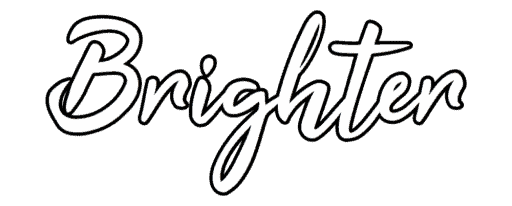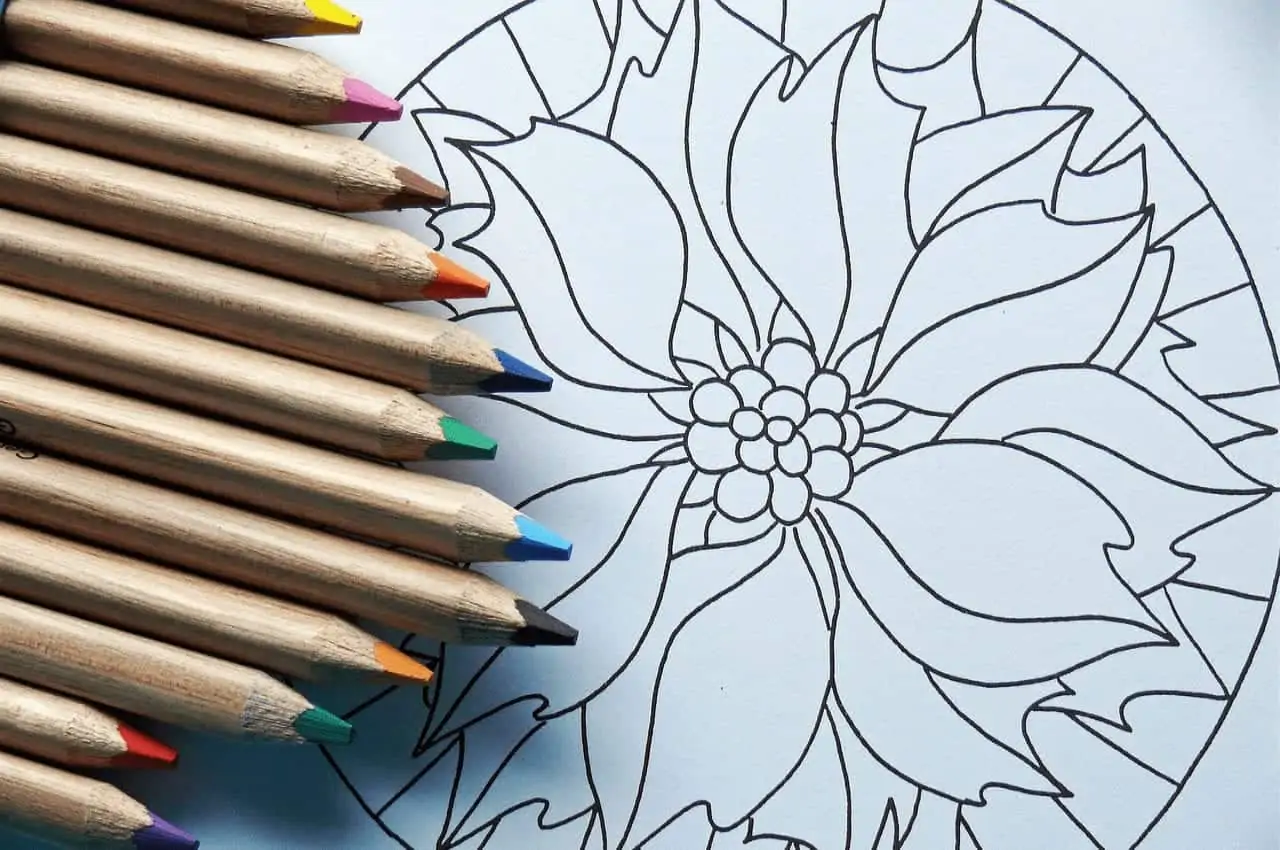
When plant material is infused in water, the water becomes a fragrantly scented and pleasantly refreshing drink known as ‘tea’. However, tea is more than just an enjoyable means of quenching thirst. Our bodies are 90% water and we have an intimate affinity with this element.
Water infusions at standard strength can be used as gargles, lotions, douches, compresses, rinses, and fomentations.
Teas are potent medicine as well as being easy to assimilate and digest.
When diluted they are suitable for children and even the most delicate of stomachs.
To drink the tea, hold it so that the steam and fragrance can be inhaled.
Take a sip and notice the flavours.
Once it is drunk, note the effects spreading out from the stomach.

How To:
- Chop the herbs, either fresh or dried. Tea-making is an art, and there are many elements involved in
creating a good blend:
Bear both taste and smell in mind when trying to make a pleasant medicinal blend.
Some herbs work together, some clash, so experiment.
Calming Heaven digestive tea is a good example of balanced flavours.
Take 15 g ( 0.5oz) of parsley,
8 g (0.25 oz) fennel,
8 g (0.25 oz) peppermint
and half a teaspoon ground ginger.
- Pour the fresh water to be used into a pan or kettle. If you live in an area with good tap water this will suffice, otherwise a still mineral water can be used. As soon as the water comes to the boil, pour it over the herbs and cover with a lid.
- Leave the tea to brew so that the chemicals in the herbs seep into water.
Allow 1 to 3 minutes for flowers
2 to 4 minutes for leaves
And 4-10 minutes for seeds bark and hard roots.
Cover the pot with a cosy to retain the heat if brewing for longer than 4 minutes.
Strain the tea into a cup. (Tea is supposed to better if served in fine bone china.)

To make a fomentation (compress or poultice).
Dilute the tea with I litre (1.75 pints or 4 cups) of hot water dip a cloth in and squeeze out the excess liquid and apply.
Fomentations improve circulation, draw abscesses and to warm cold and stiff joints
Background Information:
Tea is usually taken to mean the dried and cured leaves of the plant Camellia sinensis.
A member of the family Theaceae. It is grown in China, India, Sri Lanka, South-East Asia, Africa and South America.
Different soils and climates producing different flavours.
This is regarded as the classic tea, but in fact any plant may be used.
Either on its own or in a blend.
Before the tea we know now became dominant, herb, spice and fruit teas were common.
Milk is rarely used in herbal teas as it tends to suppress the flavour and with some herbs it may coagulate the fats. If you do use it, remember to pour the milk first and then stir in the tea. Otherwise the milk may scald and spoil the tea.
Honey, lemon juice, cloves, star anise or even a pinch of cayenne pepper may all be added to bring out the particular properties of a tea.

For example,
Honey in sage tea can help soothe the throat,
Or cayenne in sage can help break a fever.
Herbal teas can he drunk warm, hot, cold or iced.
The temperature brings out special effects, depending on the herb.
Hot sage tea before bed can ‘promote sweating’, helping to break a fever.
Iced sage tea can cool the system acting as a refreshing tonic and minimising sweating.
In general, hot, teas tend to warm and stimulate the circulation;
At room temperature they are neutral.
Iced they are cooling.



